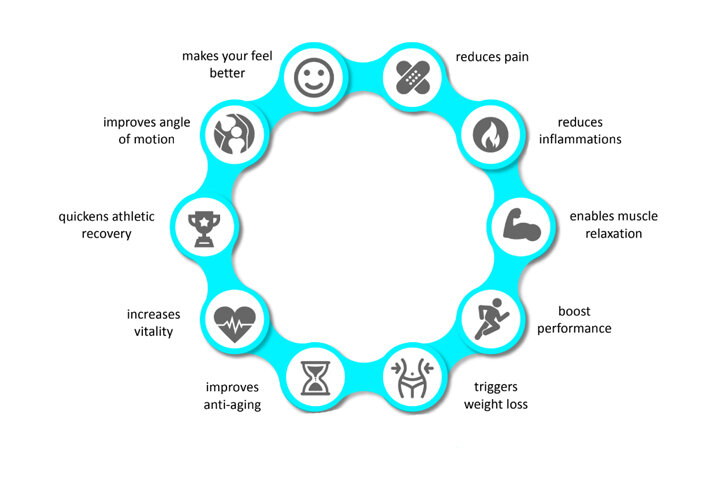
September 16, 2024
Mayo Facility Q And A: What Are Skin Tags?
Should I Be Worried https://s3.us-east-2.amazonaws.com/5ghb9bmaj7etny/Kegel-exercises/blemish/plantar-excrescences-signs-causes.html Concerning Skin Tags? Skin tags often tend to be 2-- 5 millimeters in size, though some may be bigger. They can be the same color as your skin, lighter, or darker. Getting rid of a skin growth at home additionally raises the possibility that a potentially cancerous or hazardous growth will certainly go undetected and spread or aggravate. However, if they are bothersome, uncomfortable, unpleasant, large, or in an awkward area, a physician or surgeon can remove them using one of several techniques.What Are My Chances Of Establishing Skin Tags?
They appear most commonly where skin rubs on skin or clothes. Over the counter medications and minor surgery can remove them if a person dreams. When you come into our technique to have a skin tag taken off, we'll initially examine the website to identify if it really is a skin tag. Prior to eliminating the development, we may numb the area, particularly if it is a bigger skin tag.What Is Life Like With Skin Tags?
This short article clarifies whether or not skin tags are cancerous, the causes of skin tags, exactly how to recognize them, when to speak to a physician, diagnosis, and elimination, if needed. To freeze them off, additionally called cryosurgery, your physician will certainly spray fluid nitrogen onto each spot. " As the sore falls off, the skin tag will diminish too," Massick claims. Anticipate to wait anywhere from a few days to two weeks for the skin tag to fall off. Cauterization includes a comparable process, yet it makes use of warm to burn skin tags. One more home-removal technique is to link off the skin tag with a piece of string or floss. Fortunately, if you're certainly worried about your skin tags, there are means to care for them. It's not completely clear what creates skin tags, yet rubbing from clothing may bring them about and/or worsen these sores. Many people start to create skin tags in middle age, and overweight individuals are more likely to have them. Some skin tags fall away from the skin by themselves, while others can linger for years without intervention. If they remain in locations like your face and neck, they can make you self-conscious. There could be simply one skin tag present, or there may be several. While typically harmless, they can be eliminated for aesthetic reasons or if they cause irritation. As they are a lot more common in skin folds or folds, they may be generally triggered by skin rubbing against skin. These procedures need to just be performed by a dermatologist, or expert skin doctor, or a similarly experienced doctor. The therapy that your dermatologist usages will certainly depend upon the size of the skin tag, where it appears on your body, and other factors to consider.- They make use of minimally invasive treatments to get rid of skin tags without destructive surrounding tissue.
- Kids and kids might also establish skin tags, specifically in the underarm and neck areas.
- There are no certain research laboratory, radiographic, or other diagnostic tests to identify skin tags.
- Several of these body tag removal strategies are likewise utilized to take off moles.
Atypical Anorexia Nervosa: Symptoms, Causes, Treatment - Healthline
Atypical Anorexia Nervosa: Symptoms, Causes, Treatment.
Posted: Fri, 02 Feb 2024 08:00:00 GMT [source]
Do skin tags get bigger?
Skin tags begin tiny, flattened like a pinhead bump. Some remain tiny, and some expand larger. They can vary in size from 1 to 5 millimeters (mm) but seldom can grow to be 1 to 2 centimeters (centimeters) in dimension.
Social Links